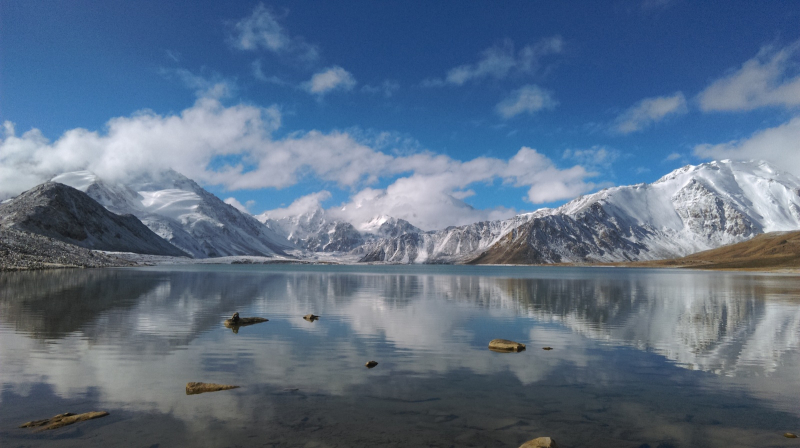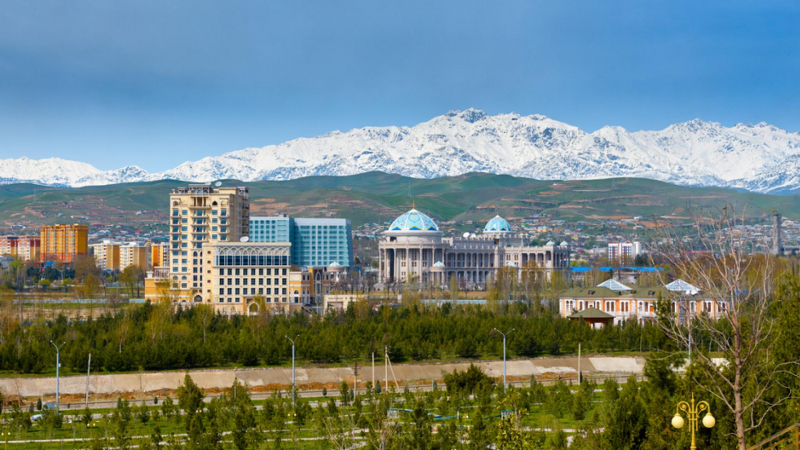Climate of Tajikistan

Tajikistan has a subtropical climate, which implies that temperatures rarely fluctuate and that there is little precipitation.At lower altitudes, Tajikistan, a nation in Central Asia, experiences an arid continental climate with moderately chilly winters and extremely hot, bright summers. Due to the country's hilly terrain, height and slope exposure affect both temperature and rainfall. The easternmost and southwestern regions are the driest and are practically deserts; at high altitudes, there are vast glaciers and snowfields. Winter snowfall in the mountainous regions (Alaj-Turkestan range in the north, Pamir in the east) feeds the rivers, particularly the two major rivers of Central Asia, the Amu Darya in the south and the Syr Darya in the north.
If you’re heading over the Pamir Highway, the best time to visit Tajikistan is from late May until late September; you’re going over very high mountain passes, so outside of that period it’s potentially snowbound and inaccessible. Hot and sunny July is peak time to head for the mountains, while down in Dushambe it’s stiflingly hot. If you’re going to combine mountain trekking with some culture in the cities below then late April to May is spot on – it’s colder at night as you climb higher, but it won’t be like a furnace on the ground making museums a much more comfortable experience.








